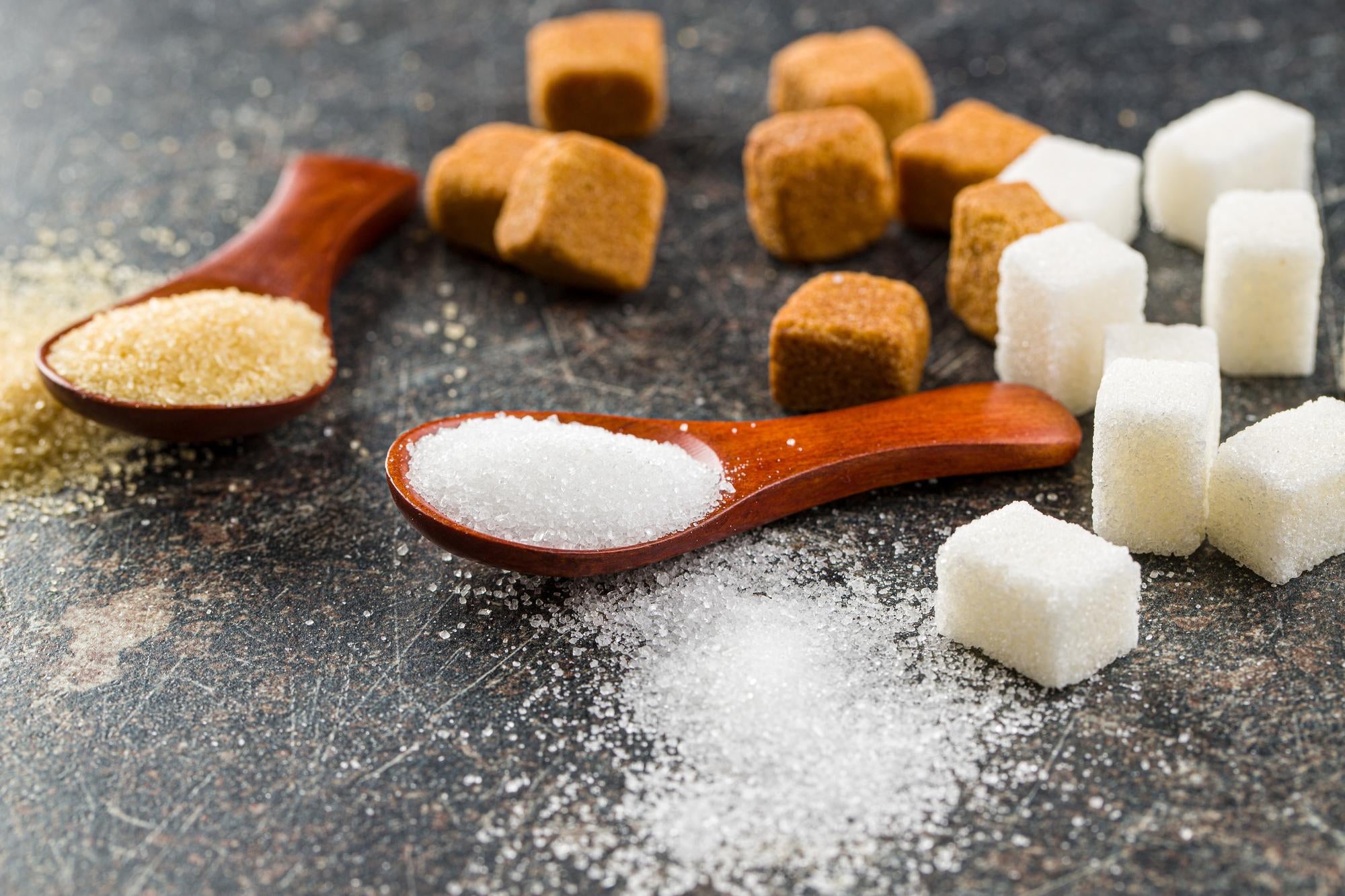The farming methods for beet sugar vs cane sugar contribute to differences in production scale.
Discover the Uses and Conveniences of Beet Sugar Vs Cane Sugar in Your Daily Diet Plan
Exploring the distinctive qualities of beet and cane sugar exposes greater than simply their sweetening capabilities; it highlights their unique effect on wellness and cookeries. Beet sugar, recognized for its subtle flavor, is commonly favored in fragile treats, whereas cane sugar, with its tip of molasses, adds richness to durable recipes. Each type holds its very own dietary profile and glycemic ramifications, inviting a much deeper understanding of their duties in a balanced diet regimen and lasting intake practices.
Beginning and Manufacturing Processes of Beet and Cane Sugar

The distinct climates and dirt kinds required for growing sugar beetroots and sugarcane add to distinctions in their growing techniques and geographical distribution, affecting the economics and sustainability of their manufacturing. beet sugar vs cane sugar.
Nutritional Contrast In Between Beet Sugar and Cane Sugar
In spite of originating from different plants, beet sugar and cane sugar are nutritionally very similar, both primarily containing sucrose. Each offers about 4 calories per gram, translating to approximately 16 calories per teaspoon. Structurally, both sugars are made up of approximately 99.95% sucrose, with minimal quantities of other materials like dampness and trace element, which do not significantly change their nutritional profiles.
Eventually, when selecting between beet sugar and cane sugar based on nutritional material alone, both offer the same benefits and drawbacks as they are essentially kinds of the same molecule-- sucrose, giving fast energy without other nutrients.
Influence On Wellness: Glycemic Index and Caloric Material
Discovering better right into the effects of beet sugar and cane sugar on health and wellness, it is crucial to consider their glycemic index and calorie web content. The glycemic index (GI) of both beet and cane sugar is around 65, classifying them as high-GI foods, which can trigger quick spikes in blood glucose degrees.
Each sort of sugar includes around 4 calories per gram, making their calorie content matching. For those keeping an eye on calorie consumption, specifically when taking care of weight or metabolic health problems, comprehending this equivalence is crucial (beet sugar vs cane sugar). Nonetheless, too much consumption of any type of high-calorie, high-GI food can add to health problems such as obesity, cardiovascular disease, and insulin resistance.
Environmental and Economic Factors To Consider of Sugar Manufacturing
Beyond health influences, article the production of beet and cane sugar likewise elevates considerable ecological and economic problems. Sugar beet farming often tends to call for cooler climates and has a click site lower geographical footprint contrasted to sugar cane, which prospers in tropical areas. Nonetheless, both plants are extensive in terms of water usage and land profession, possibly leading to deforestation and water shortage. Financially, the global sugar market is very unpredictable, affected by modifications in global trade plans and subsidies. Many nations incentivize sugar production through financial backing, skewing market value and influencing small-scale farmers adversely.
In addition, making use of pesticides and fertilizers in both beet and cane sugar farming can bring about dirt destruction and pollution, further affecting biodiversity and local water bodies (beet sugar vs cane sugar). The choice between growing sugar beet or cane frequently depends upon regional ecological conditions and economic elements, making the sustainability of sugar production a complicated problem
Culinary Applications and Flavor Distinctions
While the environmental and financial elements of sugar production are indeed substantial, the selection between beet and cane sugar additionally influences culinary applications and taste accounts. Beet sugar, derived from the sugar beet plant, is known for its extremely neutral preference.
Walking stick sugar, drawn out from sugarcane, commonly keeps click here to find out more molasses traces, which pass on an unique splendor and depth. The mild variation in dampness content in between beet and cane sugar can affect the structure and uniformity of dishes, making cane sugar a favored selection for certain recipes that benefit from its one-of-a-kind residential properties.

Verdict
To conclude, both beet and cane sugar have distinctive beginnings and production procedures, supplying comparable dietary accounts with small differences in sodium content and taste. While their influence on health, specifically regarding glycemic index and calories, is similar, the option in between them frequently steams down to environmental, economic elements, and details cooking demands. Recognizing these elements can lead customers in making notified choices that align with their wellness objectives and taste choices.